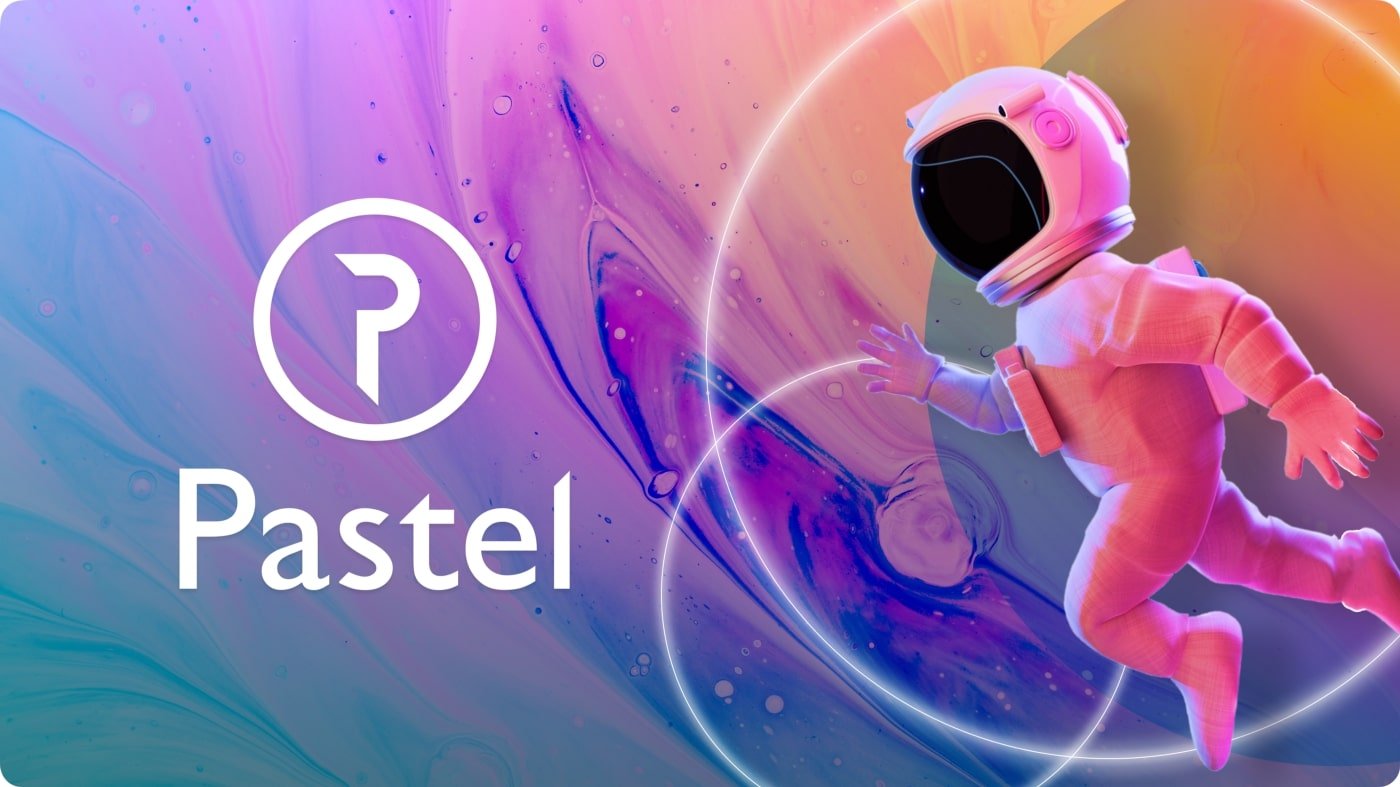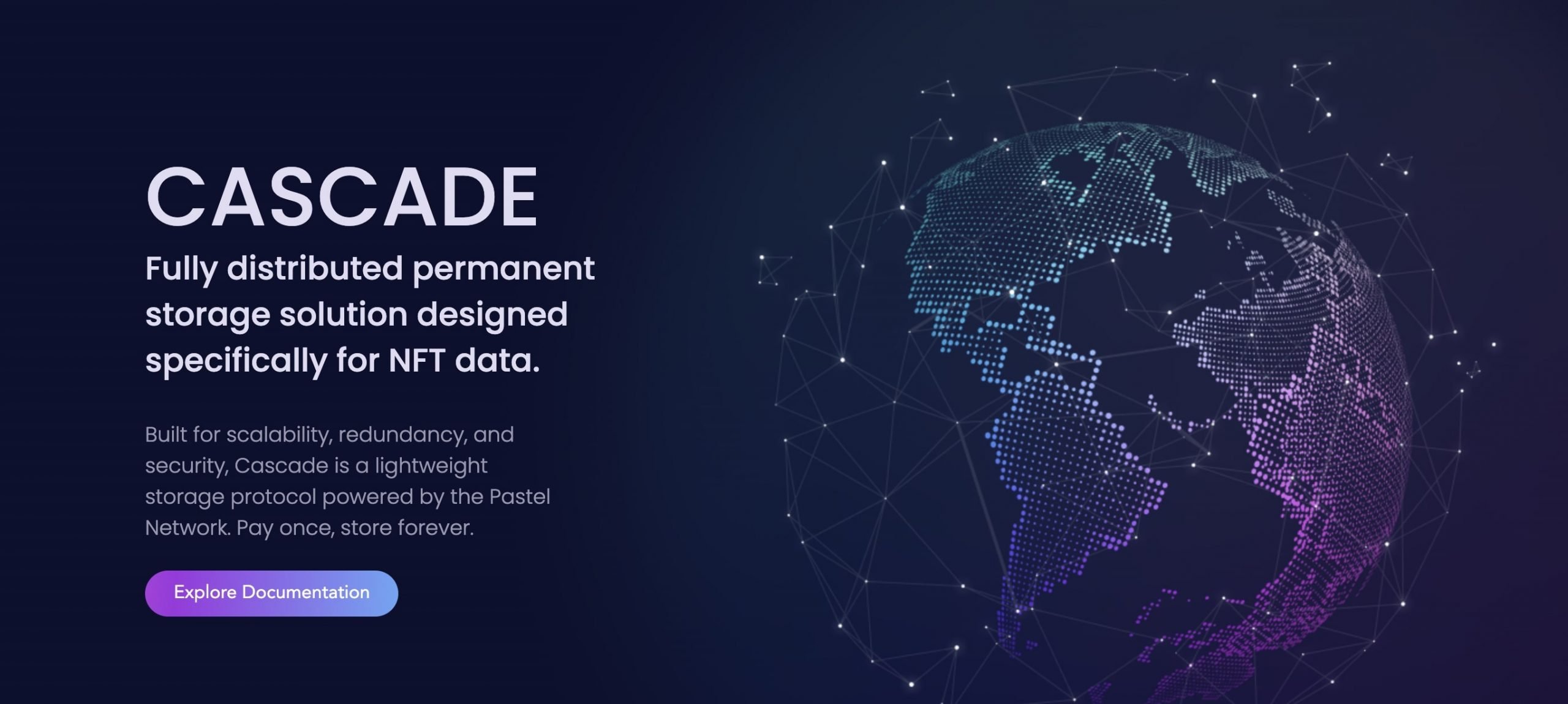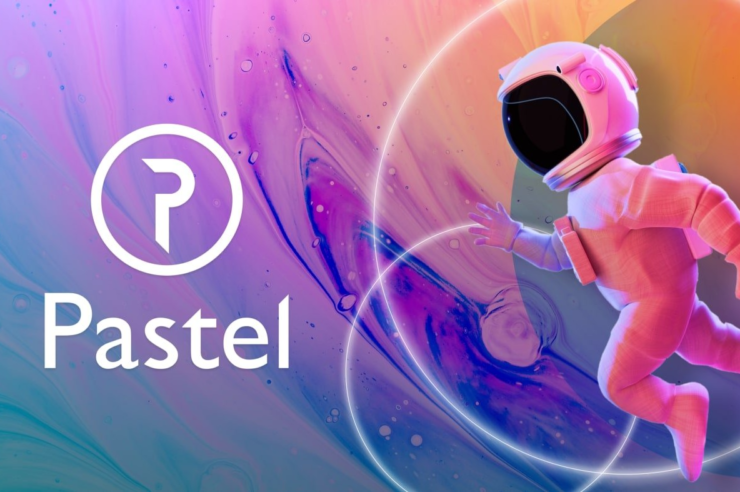Even as NFTs continue to take giant leaps across industries, a range of issues is plaguing the ecosystem. Take for example the growing instances of NFT forgeries where fraudsters are selling duplicate NFTs. On the other hand, there are several technical challenges pertaining to NFT storage and blockchains’ environmental impact. Nonetheless, the good news is that projects like Pastel Network are striving to solve these problems and more.

Pastel Network is a fully decentralized, layer 1 blockchain built for NFTs. Anthony Georgiades, their Co-founder, told NFTevening in an interview. “You can think about Pastel as being a platform with developer modules that third-party enterprises can launch marketplaces, dApps, etc, directly on top of Pastel,” he added. “They can still continue to exist natively within their own ecosystems, but integrate and leverage our technology infrastructure within their own platforms.”
The result is a “highly competitive platform” with negligible transaction fees, consistent uptime, and zero network congestion. Apart from these, what really makes Pastel Network attractive to creators, collectors, and developers alike is its native NFT storage and new duplicate NFT detection—two areas many existing blockchains fall short on.
How does Pastel Network work?
While Ethereum is a “great, general-purpose blockchain”, it is not built to handle specific applications that require high transaction sizes, like NFTs, Georgiades noted. Consequently, for simple NFT transactions, users end up paying high transaction fees to compete with other applications.
Recognising the issues of general-purpose blockchains, co-founders, Jeff Emanuel, Alexey Kireyev, and Georgiades began working on Pastel Network in 2018. Their vision: to create a blockchain purpose-built for NFTs. At the time, NFTs were a relatively new concept. Even so, the team set out to create a fully decentralized platform for creators, collectors, and builders. Finally, they launched Pastel’s Mainnet in January 2021.

A network of Supernodes
The network relies on a series of Supernodes— high-performance supercomputers dedicated to verifying and registering NFTs. Anyone in the world can run Supernodes as long as they have the necessary computational power and 5,000,000 PSL (Pastel’s native cryptocurrency) as collateral. In return, Supernode operators receive 20% of the block reward as well as voting rights.
“Rather than having a smart contract structure, Pastel has a very agile smart ticket structure,” Georgiades said. “That enables users to be able to have these agile tickets to add different attributes in a very flexible manner. This also results in pretty negligible fixed transaction fees over time.”
“The most important thing is that there’s always going to be consistency and reliability around storage and network uptime,” he added. “Having Supernodes decentralized around the world provides this level of redundancy and consistency in terms of how the network operates.”
In other words, the decentralized network will protect the data even during network outages.
Pastel Network’s Sense protocol detects duplicate NFTs
NFT scams are growing by the day. A particularly jarring fraud in the industry is artist impersonation and art forgeries. Works of several artists, including RJ Palmer, Trevor Henderson, and Liam Sharp, were stolen to be minted as NFTs. In the digital world where people can easily duplicate artworks, how can one ensure that the NFT they are purchasing is not a counterfeit?
Obviously, NFTs were meant to solve this issue as they essentially work as digital ownership certificates permanently stored on the blockchain. But, what happens when someone rips off another artist’s work? Or tries to register someone else’s work as theirs on the blockchain? As an answer to NFT scams and frauds, Pastel Network came up with its duplicate NFT detection protocol called Sense.
How does Pastel Network’s Sense Protocol work?
“We take an existing NFT and we put it through a bunch of different deep learning methods that enable us to transform an NFT into a fingerprint,” Georgiades explained. Essentially, it practically mimics how the human brain might perceive a specific image as rare.

“We then take those fingerprints and compare them against all other fingerprints in a collection in the database and against other databases,” he added. “We’re basically just running statistical techniques of one fingerprint versus the other. And that enables us to really determine exactly how rare something actually is, on a scale of zero to 100%.”
This way, Sense can detect even the most minuscule resemblances between two NFTs. Based on the findings, it then assigns either of the three rarity levels to each NFT—Unknown Rarity, Rare to Pastel, and Highly Rare. Therefore, Sense helps to add an additional level of authenticity to NFTs at the level of pixel patterns.
Bringing permanent storage capabilities to NFTs
“Most NFT platforms are just abysmal in terms of how they can actually store the NFT data. If you buy an NFT on OpenSea or Rarible, you’re buying nothing more than a piece of code, a custom smart contract,” Georgiades said. “But, that actual intrinsic data piece—the file, the photo, whatever it is—where is that being stored?”
This is a question that many NFT users, unfortunately, do not ask. Mainly because they safely assume that platforms store NFT data on the blockchain. However, typically, platforms use a third party to store the actual asset, such as an HTTP URL or a distributed protocol like IPFS. The drawback with such a system is that when the URL is altered or the entity that stores the asset is shut down, the assets are gone forever.
Georgiades believes that as NFTs potentially goes into a bear market, there will likely be more “scrutiny” around “fundamental items” like storage. For now, nonetheless, Pastel Network has a solution—Cascade Protocol. It is a distributed, permanent storage system developed for NFT data. Basically, it adds a decentralized storage layer to Pastel. Because of this, the asset itself gets verified and registered on the Pastel blockchain.

“When you buy an NFT or you mint an NFT on Pastel, you’re tightly coupling the core NFT itself with the actual data that’s being stored because that data is being basically broken up, fragmented and distributed across the entire network,” he said. As the network distributes the fragments among multiple decentralized Supernodes across the globe, the storage is permanent and reliable.
Tackling the environmental impact of NFTs
The environmental impact of NFTs is a major deterrent to mainstream NFT adoption. The common concurrence is that Proof of Stake (PoS) blockchains are “greener” than Proof of Work networks like Ethereum. But, Georgiades differed. He argued that “there is still a huge [energy] output associated with” PoS consensus.
“At the end of the day, blockchains are blockchains—proof of work versus proof of stake—there are still environmental concerns around each of them,” he added. “So, I think it’s important that projects, irrespective of what sort of consensus approach they take, optimize that consensus to be energy efficient.”
So, how does Pastel network address this issue?
Georgiades explained, “In the case of Pastel, we’ve taken a hybrid consensus approach, where we’re using proof of work as our core consensus at the actual core blockchain level. But, everything else on the network, we’ve abstracted away, to be running validation, activation, registration, staking, etc., in a delegated proof of stake mechanic.”
“That enables us to actually be more energy-optimized and efficient, just in terms of how we partition the actual consensus mechanism,” he added.
That’s not all. Pastel Network also runs a “Green NFT” initiative. Essentially, every time a user mints an NFT on the platform, Pastel donates a portion of the transaction fee to a charity that plants trees. Consequently, the network is able to offset some of its carbon emissions.
What’s next for Pastel Network?
After a successful 2021, Pastel Network is gearing up for another fruitful year. The team has released a detailed 2022 roadmap to fulfil their mission of becoming “the infrastructure standard of the NFT space”. The primary aim this year, Georgiades noted, is to build more network partnerships. This includes blockchains, layer-1 and layer-2 marketplaces, dApps, and third-party enterprises.

Next, they’ll build stronger blockchain bridges with Ethereum, Solana, Avalanche, Polkadot, and Polygon. This, he said, will bring “overall interoperability to the broader ecosystem”. Thirdly, the project’s aim is to have more frequent development cycles. Launching more user-focused products is another priority.
Lastly, Pastel Network will roll out new incentive programs for users. “We’re [going to] roll out a Founder Program for founder’s Supernodes to receive rewards like airdrops and NFTs,” Georgiades said. “We are also doing partnerships with various artists and creators in the community and do more community-oriented airdrops.”
Are you tired of missing important NFT drops?
Just check out our NFT Calendar !
Subscribe to our hot social media and don’t miss anything else
If you’re old school :
All investment/financial opinions expressed by NFTevening.com are not recommendations.
This article is educational material.
As always, make your own research prior to making any kind of investments.
Owners, holders, fans, community members, whales… Want to boost this article by featuring it on top of the Homepage? ==> Contact us!






















Comments (No)